How to improve your climbing
Certified USA-Cycling coach and Project Echelon Racing Team rider Zach Nehr shares the tips that could see you riding to victory (or, just not getting dropped!) this summer
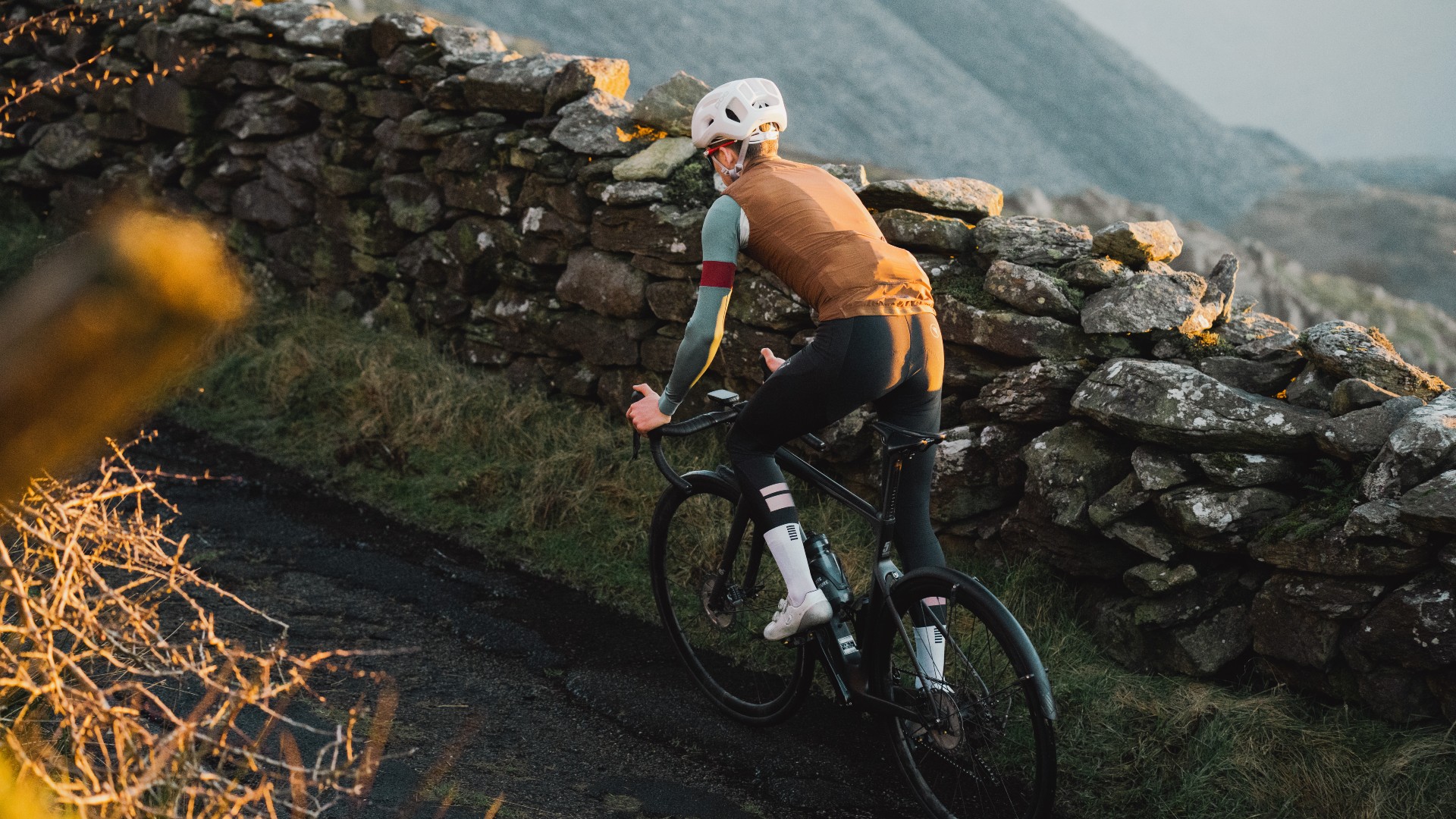
Climbing is the stuff of cycling lore. When you picture the Tour de France, you imagine the yellow jersey climbing up Alpe d’Huez or dancing on the pedals up Mont Ventoux. The roads are lined with thousands of fans who part like the Red Sea, as the best climber in the world makes their way into the history books.
Yet, for most of us, climbing does not look so iconic: it can be hard, painful even, and there’s nothing worse than running out of gears on a 14% grade and grinding to a halt, or watching your mates ride off into the distance.
If the thought of climbing fills you with dread, it doesn’t have to. There is a different spirit to the suffering when you are the one driving the pace. Here’s how to work on your climbing, so you feel more in control on the slopes.
Target the climb
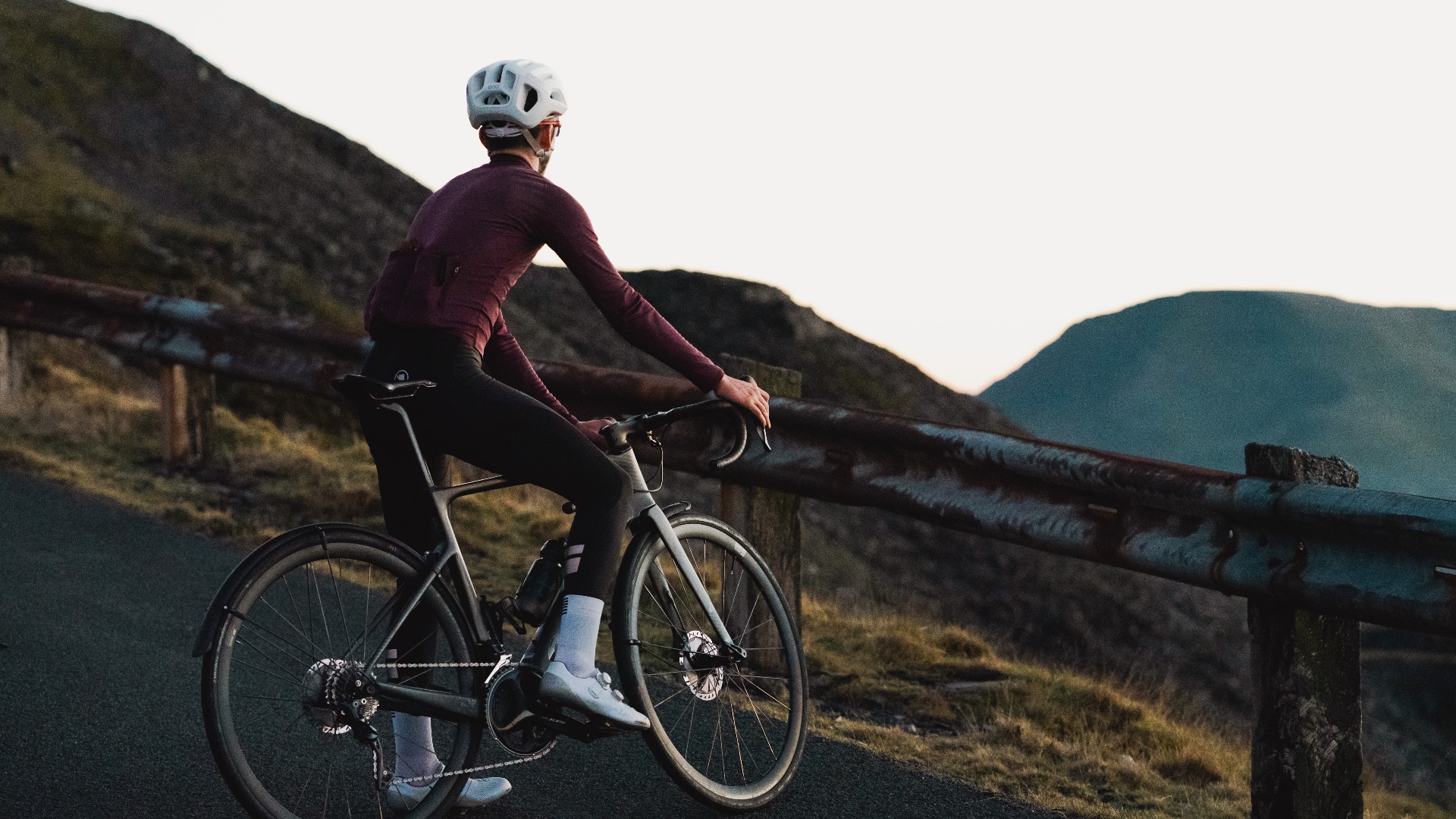
Arguably the best way to improve your climbing is to get stronger – but what type of stronger will depend upon the climbs you plan to attack.
Specificity is key, this is why we see so much variability in the training of professional cyclists: Grand Tour riders train 30 hours per week because their races are 30 hours per week, track sprinters train in the gym to improve their explosive power output, and cyclocross riders perform short anaerobic efforts in forests, trails, and sand pits whilst also practising their technical skills.
If you are training for a race in the Pyrenees, you should focus on long and sustained efforts at FTP (see 'what zone are you targeting' for more info on zones), along with a significant amount of Zone 2 rides to improve your endurance.
Conversely, if you are training for a Flemish Classic or just want to get better at tackling your local hilly route, then you should focus on improving your VO2max and anaerobic power output.
Get The Leadout Newsletter
The latest race content, interviews, features, reviews and expert buying guides, direct to your inbox!
Of course, you can spice it up (as you should!) with intervals of slightly different lengths and intensities. Remember to keep it fun to help bolster your motivation to train day in and day out, just don’t prioritise 20-minute climbing repeats if you’re training for a two-minute British Hill Climb.
What zone are you targetting?
In this article, we've referred to 'zones' as a percentage of FTP (functional threshold power). If you're using heart rate or rate of perceived exertion, use this page to translate the effort.
FTP is also known as your anaerobic threshold, or the highest average power that you could theoretically hold for an hour. Train this with 20- to 30-minute intervals on real-life climbs, or do 4x15-minute intervals on the turbo.
VO2max is a measure of aerobic fitness, and is the amount of oxygen that your body can take in and utilise during maximal exercise. My favourite session for this is 4x4-minute intervals on a steep climb at 110% FTP. These are quite short intervals, so fit a good warm-up in, and be ready for a lung-bursting effort.
Anaerobic power output relates to the amount of watts you can push for a very short amount of time, anywhere from a 10-second sprint to a 3-minute hill climbing effort. Practice this with short, hard sprints.
And finally, there is the aerobic threshold, which is the point at which your blood lactate begins to rapidly increase. It is your ‘all day pace,’ train this on longer endurance rides.
Weighty matters
Whilst there are other factors (we’ll come on to those), climbing in cycling is typically a function of power-to-weight ratio – that is, your power output in watts divided by your weight in kilograms.
Lowering your body weight can be a tricky task, and it’s important that any weight loss is achieved in a healthy way. You cannot lose weight and gain power indefinitely – there will be a point where you begin to lose power, which is the more crucial element of the equation.
If you do aim to lose weight, you’ll need to achieve a calorie deficit - expend more calories than you consume - to do so. Look to cut excess calories, such as fizzy drinks or processed sugars in pastries, candy bars, and chocolates. A deficit of 200-300 calories a day would see you lose around 0.5kg a week, whilst also having plenty of energy to train and increase your power output.
Whatever you do, ensure that you fuel your workouts with sufficient nutrition, you wouldn’t drive your car on empty so don’t expect a hungry body to perform.
Train the right muscles
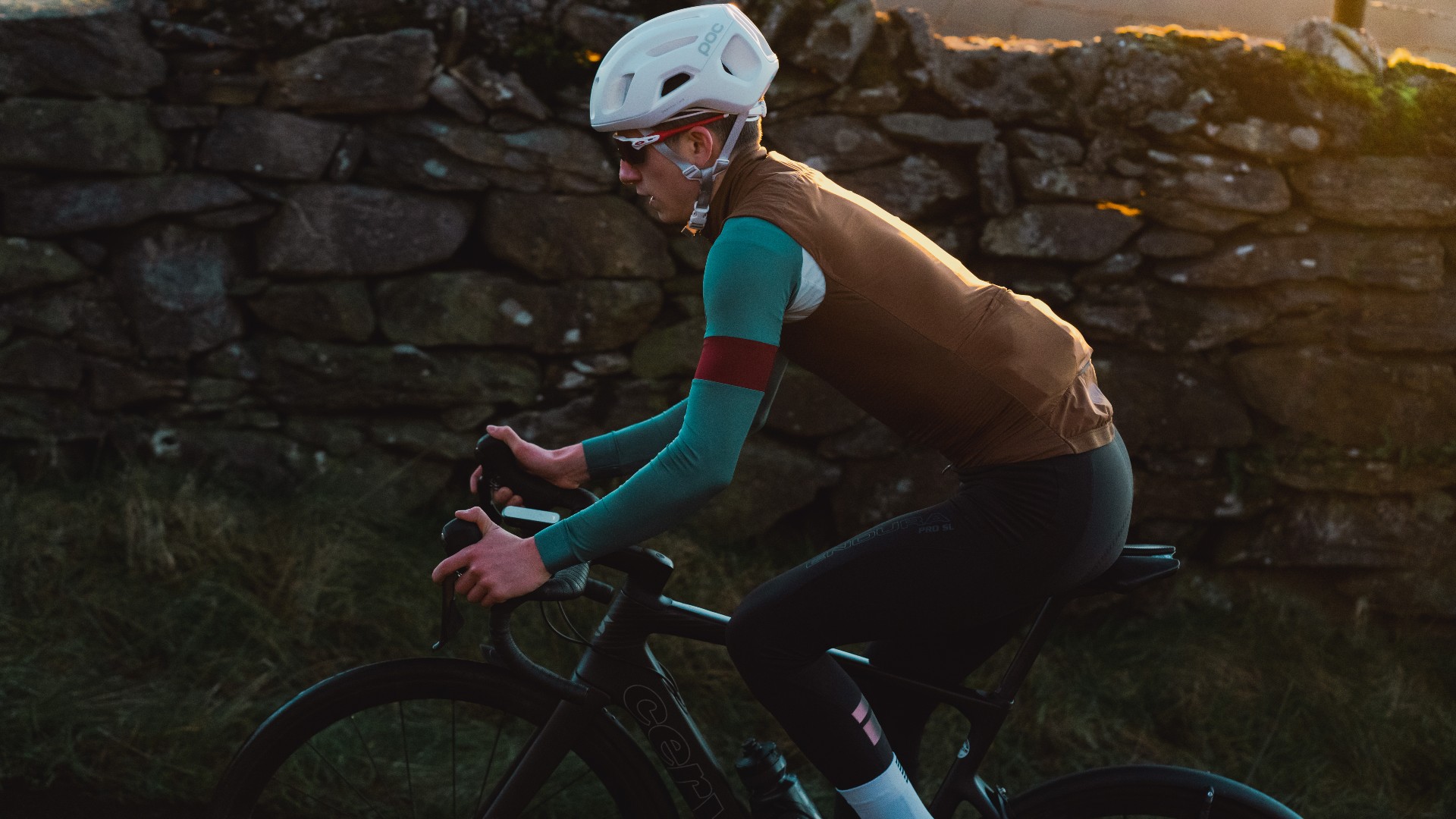
Contrary to popular opinion, improving your climbing does not stop at power to weight. You need to prepare for the effect an upwards pointing road has on the muscles elsewhere in your body.
Whilst indoor training will help you to gain power, it is still surprising how many riders train exclusively indoors and then are surprised when they don’t perform well at the local hill climb.
Climbing involves a different physics calculation than flatland riding, especially as the road gets steeper. As the road tilts up, your weight shifts back, and you will probably change your hand position, saddle position, and centre of gravity. If you’re not used to pedalling like this, you will be using your muscles at a different angle and in a different range of motion (ROM) than ever before. Like any other training, a weak muscle will quickly fatigue. So if you’re not used to climbing, you won’t be good at climbing.
Practice as much as possible on the type of climbs and gradients that you will be training or competing on. If you’re stuck indoors for the winter or don’t have enough daylight to train outside, you can try something like the Wahoo Kickr Climb, Wahoo Kickr Bike, or Elite Riser, which tilt up and down in accordance with the gradient of a virtual riding app. Just like trainer resistance, you can adjust the degree of up/down tilt on the KICKR Climb or KICKR Bike so that a 7% gradient on a virtual climb such as the Alpe du Zwift feels like a 7% gradient on the indoor trainer. Whilst it won’t feel exactly the same as climbing IRL, you can certainly train your ability to climb with the nose of your bike tilting towards the sky.
Hone technique
Use your head
Drafting: the benefit of drafting trickles all the way down to 20-24kph, depending on wind speed and how close you are to the rider in front of you. So even on a 10% grade, you can still save a few watts by sitting on someone else’s wheel. You could even argue that the mental aspect of drafting is more significant than the physical one on steep climbs. Staying in the wheels helps you feel like you’re saving energy - even if it’s only 1 or 2 watts - while eating wind on the front can feel demoralizing.
Equipment: your bike’s frame and wheels are the two most important pieces of kit when it comes to saving weight. You can save a handful of grams with a lighter jersey, shoes, components, or helmet, but all of those upgrades combined will still be less than switching a pair of stock aluminium wheels with a race-ready carbon pair. If you’re serious about hill climbs, you can take it many steps further including (but not limited to): removing your bottle cages, removing your front derailleur, removing cogs from your rear cassette, getting lighter pedals, or even sawing off the drops of your handlebars. Rolling resistance (RR) is often overlooked too - tyres with a low RR can make a big difference.
Breathing: there is some evidence to suggest that breathing rate and depth can affect athletic performance, especially in endurance sports. Whilst there isn’t much science behind it yet, there is a lot of anecdotal evidence of riders who promote slower and deeper breathing during exercise. While climbing in racing or training, try to practise taking longer and slower deep breaths. Not only will this help increase the amount of oxygen you’re taking in, but it can also distract you from the pain, and may even decrease your rate of perceived exertion.
Climbing technique is sometimes over complicated - but there are some areas that deserve your attention:
Cadence conundrum
Cadence - how fast you pedal - is also key, especially as the climb gets steeper. In a perfect world, you would be able to climb at your preferred cadence all the time, which for most people is between 80 and 90 revolutions per minute (RPM). This preferred cadence - whatever feels most natural to you - is your fastest and most efficient cadence. However, it is important to train both high and low cadences in case you need them. When you tackle a 15% climb, for example - unless you have a gigantic cassette with a wide spread of gears - you won’t be able to pedal at 90 rpm. Thus, it’s important to do low cadence drills, such as 5-minute blocks at 80% FTP and 55-60 rpm, to train your ability to grind a big gear up a steep climb.
The perfect pedal stroke
It is a myth that there is an ideal cycling pedal stroke. In fact, professional cyclists have some of the choppiest and most out-of-balance pedal strokes that I’ve ever seen. Some keep their toes pointed down (Peter Sagan), while others pedal with their knees out (Domenico Pozzovivo), and some bounce up and down with herky-jerky movements that look frankly awful (Mauri Vansevenant).
Strong and stable
What’s most important is that you have a strong and stable cycling position and pedal stroke that will steer you clear of injury. It is best to keep up with a professional bike fit once a year, and make sure you are protecting the joints that are prone to chronic injury such as your lower back, hips, knees, and ankles.
Stand up, or sit down?
When it comes to standing up versus sitting down, there still isn’t much science to suggest that one is better than the other, and your choice should mostly come down to personal preference. If you spend lots of time out of the saddle, you will need a strong core and upper body to keep dancing up climbs. Some evidence suggests that getting out of the saddle increases heart rate and perceived effort, but many cyclists use it to increase their power output for a short period of time. So there is clearly a trade-off, but it is certainly an ability that is trainable, especially for short and steep climbs.
Get aero on shallow climbs
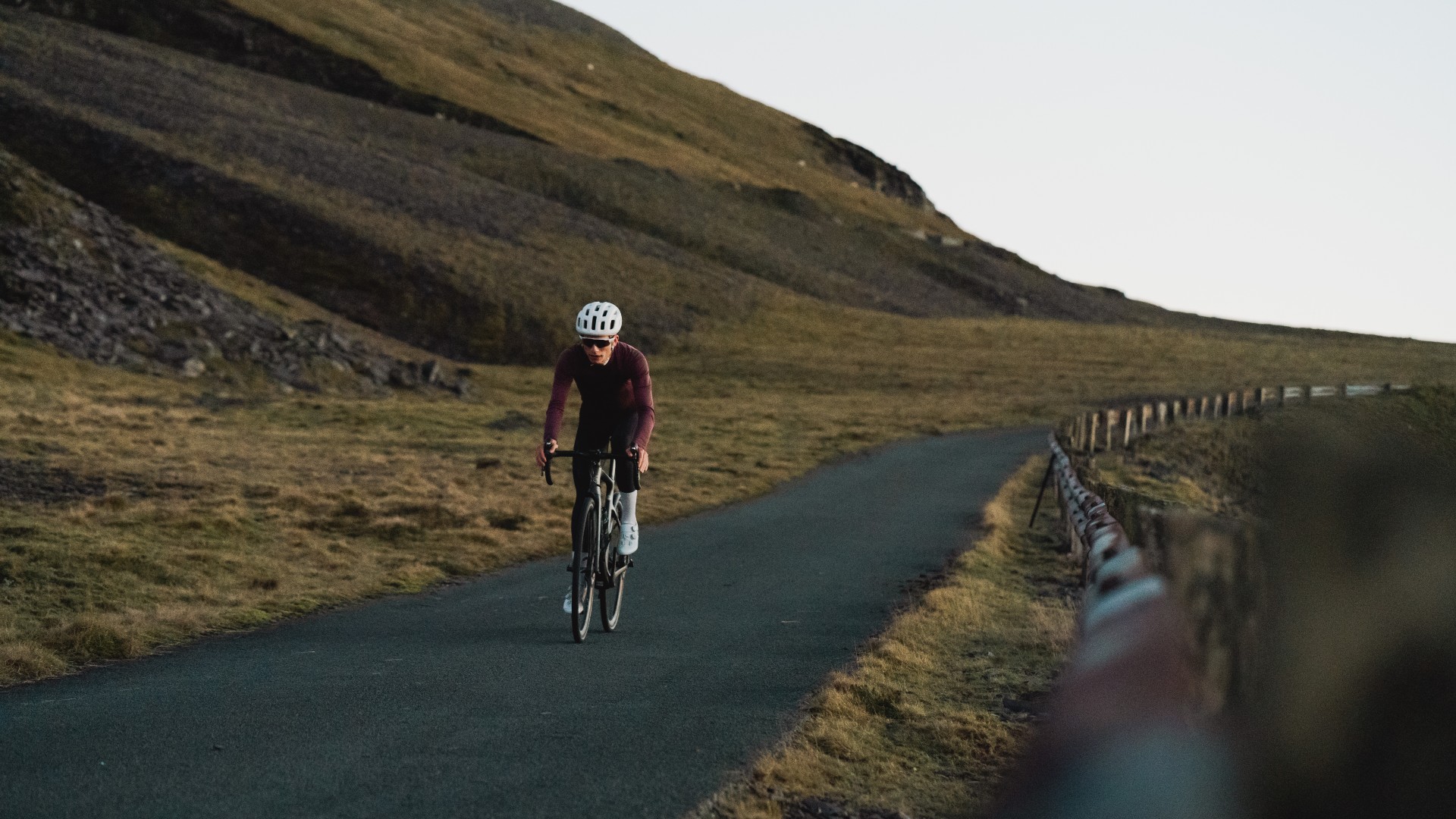
Also consider the speed at which you are climbing, because the faster you are going, the more that aerodynamics matters. Thus, staying seated, pulling in your elbows and staying low will be fastest on shallow gradients, whereas getting out of the saddle won’t make much difference on a 15% climb.
The bottom line on climbing...
There is more than one way to improve your climbing ability, which mostly comes down to your power-to-weight ratio and how comfortable you are going up hills. You don’t need to overdo it and start hill climbing every day – in fact, the periods of rest are what make you stronger and help you improve the most in the long run.
Practice hill climbs once or twice a week, performing intervals on the specific hills that you are training for, sessions on the indoor trainer can be used when it's not possible to get out, or you need to be away from traffic and distractions. Remember to be specific with your training and target the power zones that you will be utilising on the climbs.
Hill climbing is as much an art as it is a sport. The strongest legs don’t always win when the road tilts up because you have to have the comfort and the confidence to match. Practice doing intervals in or out of the saddle, ride at low cadences or high cadences, and practice steep climbs as well as shallow ones. Put it all together and you will no longer have a weakness on the climbs – in fact, you may be the one leaving everyone in the dust.

Thank you for reading 20 articles this month* Join now for unlimited access
Enjoy your first month for just £1 / $1 / €1
*Read 5 free articles per month without a subscription

Join now for unlimited access
Try first month for just £1 / $1 / €1
Zach is a freelance writer, the owner of ZNehr Coaching, and an elite-level rider in road, track, and Zwift racing. He writes about everything related to bikes, from product reviews and advertorials, to feature articles and pro data analytics in Power Analysis articles. You can find his articles everywhere from Cyclingnews and TrainingPeaks, to Velonews, CyclingTips, and Bicycle Guider.
After earning a Bachelor’s Degree in Exercise Science at Marian University-Indianapolis, Zach discovered a passion for writing that soon turned into a full-fledged career. In between articles, Zach spends his time working with endurance athletes of all levels at ZNehr Coaching. After entering cycling at age 17, Zach went on to have a wonderful road racing career that included a Collegiate National Time Trial Championship and a 9th place finish at the US Pro National Time Trial Championships. Nowadays, Zach spends most of his ride time indoors, where he races for NeXT eSport pb Enshored in the Zwift Racing League – Premier Division.
-
 Aero bikes with gravel wheels?: Six tech insights from Paris-Roubaix Femmes
Aero bikes with gravel wheels?: Six tech insights from Paris-Roubaix FemmesEverything we found out about tyre widths, self-inflating systems, and wheel choices from the cobbled Monument
By Tom Davidson Published
-
 'This race is absolutely disgusting': Peloton reacts to another brutal Paris-Roubaix Femmes
'This race is absolutely disgusting': Peloton reacts to another brutal Paris-Roubaix FemmesNow in its fifth edition, Paris-Roubaix Femmes is still a tough race, even for the best bike riders in the world
By Adam Becket Published
-
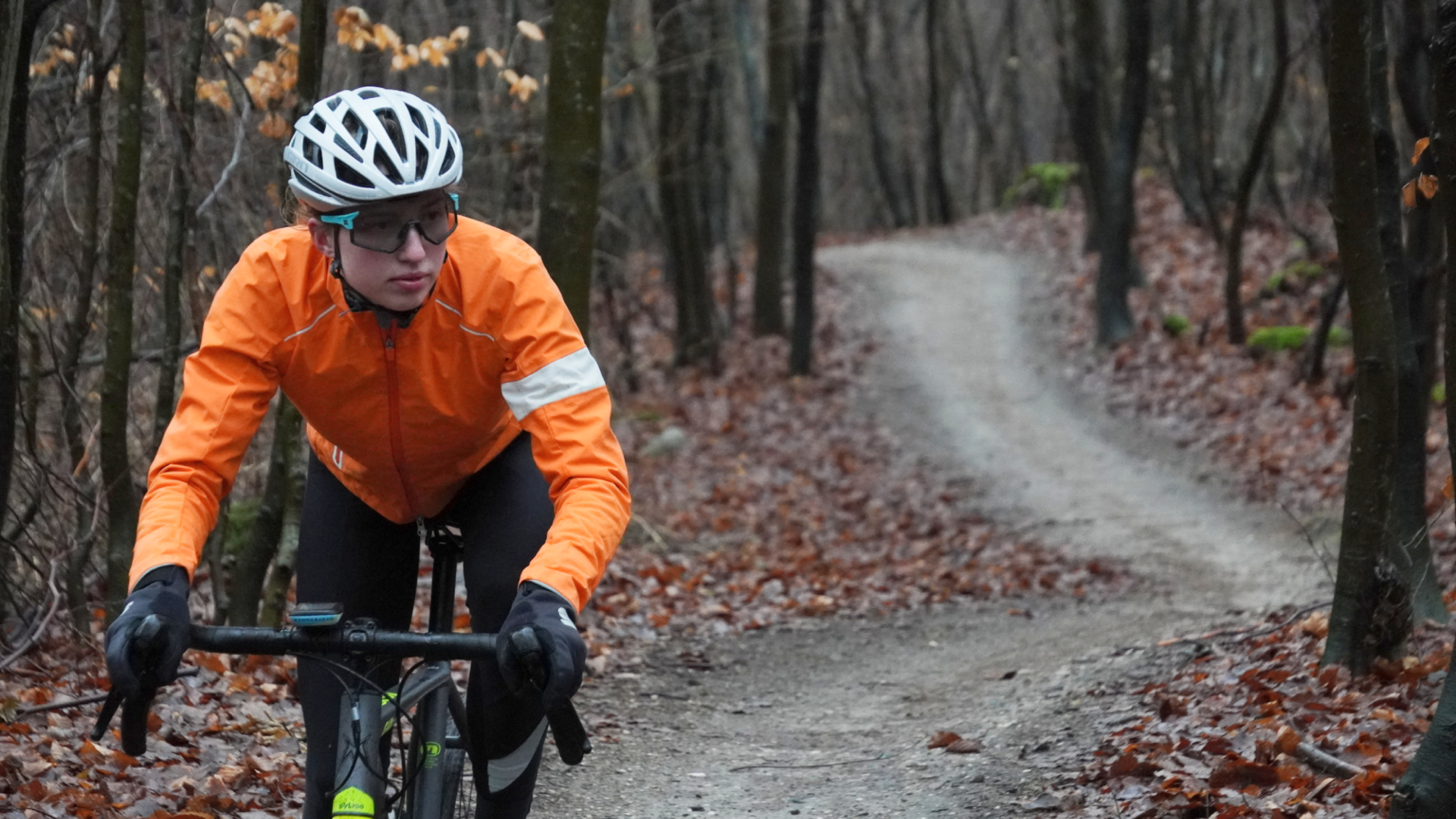 6 reasons why we love Danish gravel: the overlooked cycling trails right outside Copenhagen
6 reasons why we love Danish gravel: the overlooked cycling trails right outside CopenhagenWe rode the woodland singletrack and deer park doubletrack, all less than 10mi / 16km from Copenhagen’s city centre
By Stefan Abram Published
-
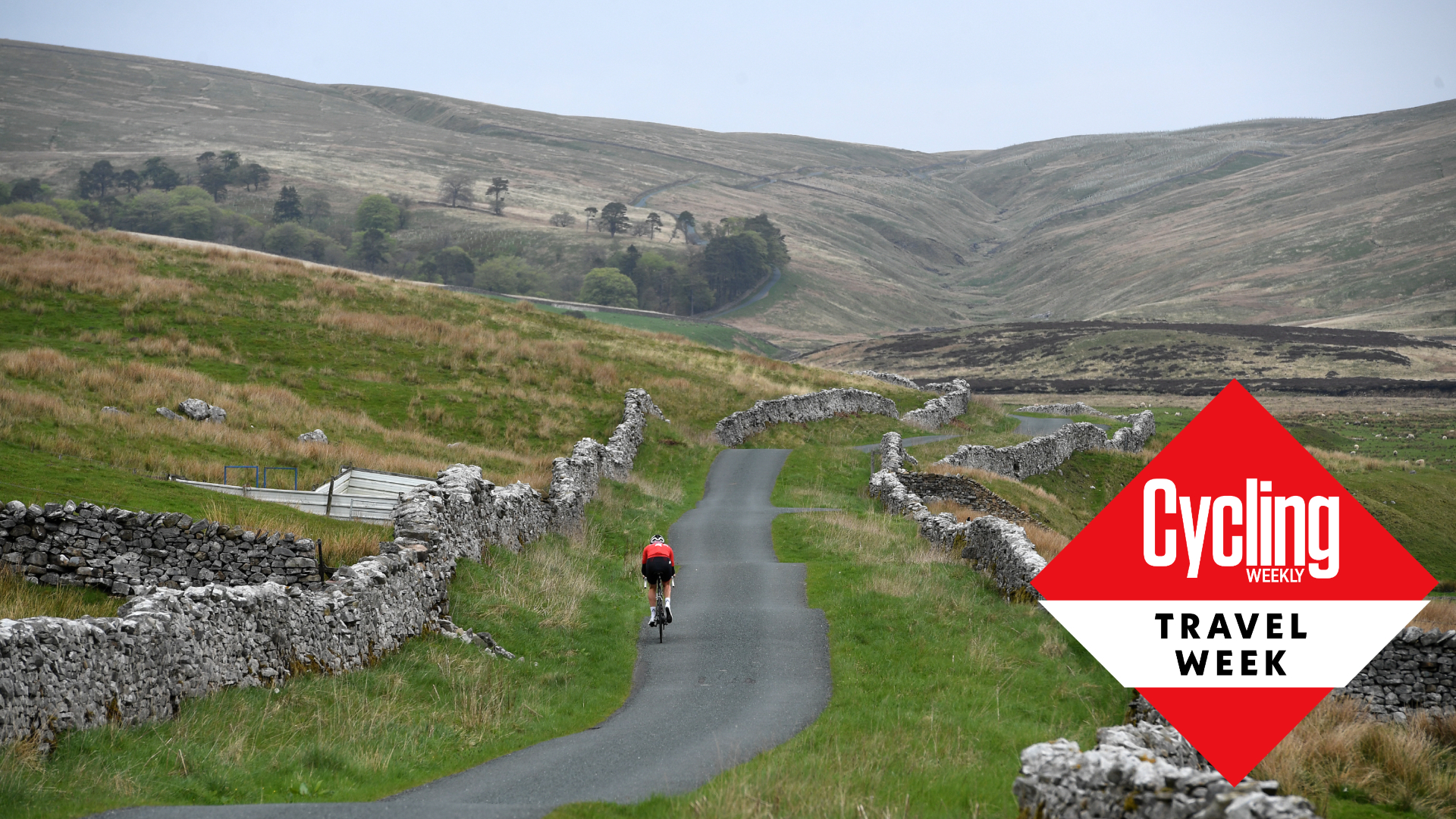 Cycling holidays in the UK: Britain’s best road and gravel destinations for a low-cost break
Cycling holidays in the UK: Britain’s best road and gravel destinations for a low-cost breakTaking your bike abroad is expensive but with miles of great riding on your doorstep staying close to home can be just as rewarding
By Luke Friend Published
-
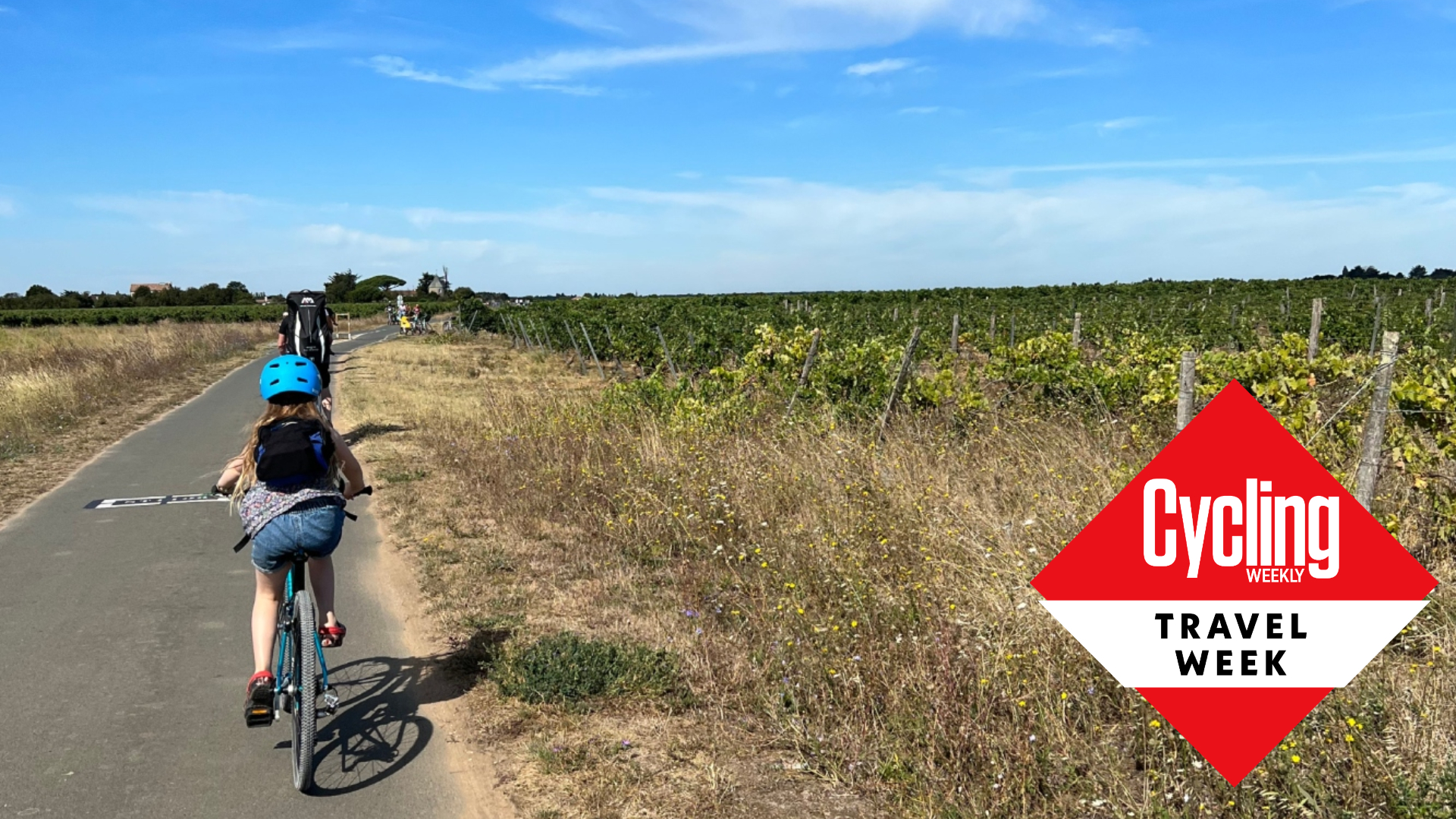 Revisiting Île de Ré, France turned into the best family cycling holiday we've ever had
Revisiting Île de Ré, France turned into the best family cycling holiday we've ever hadAfter team training camps, riding and racing and throughout the world, I had firmly thought that there wasn't anything left to tick off the cycling bucket list. Turns out I was wrong.
By Hannah Bussey Published
-
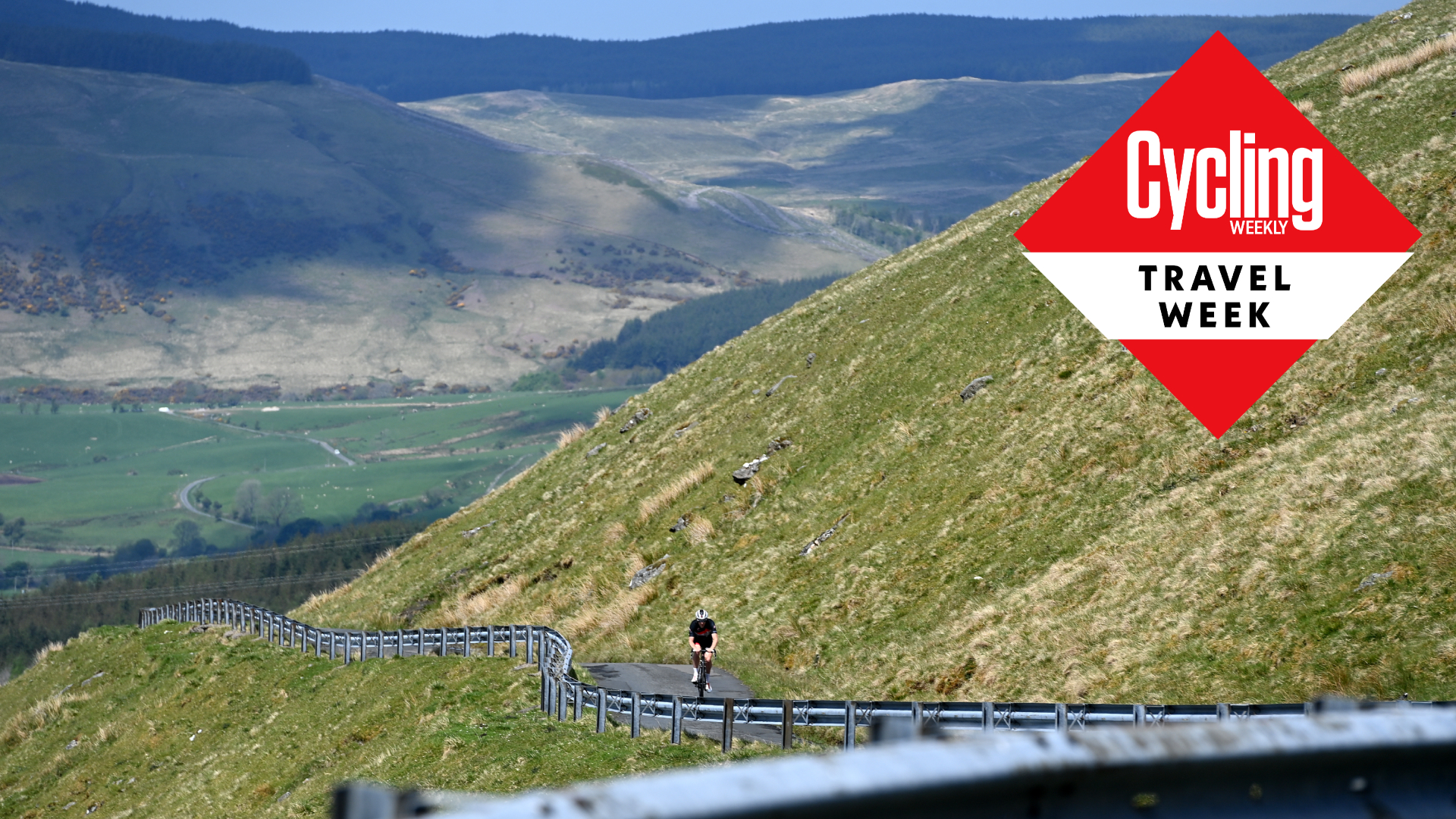 Scotland’s best road and gravel routes: how to make the most of cycling in Scotland
Scotland’s best road and gravel routes: how to make the most of cycling in ScotlandLooking to ride somewhere wild, quiet and not too far afield? Try Scotland
By Paul Norman Published
-
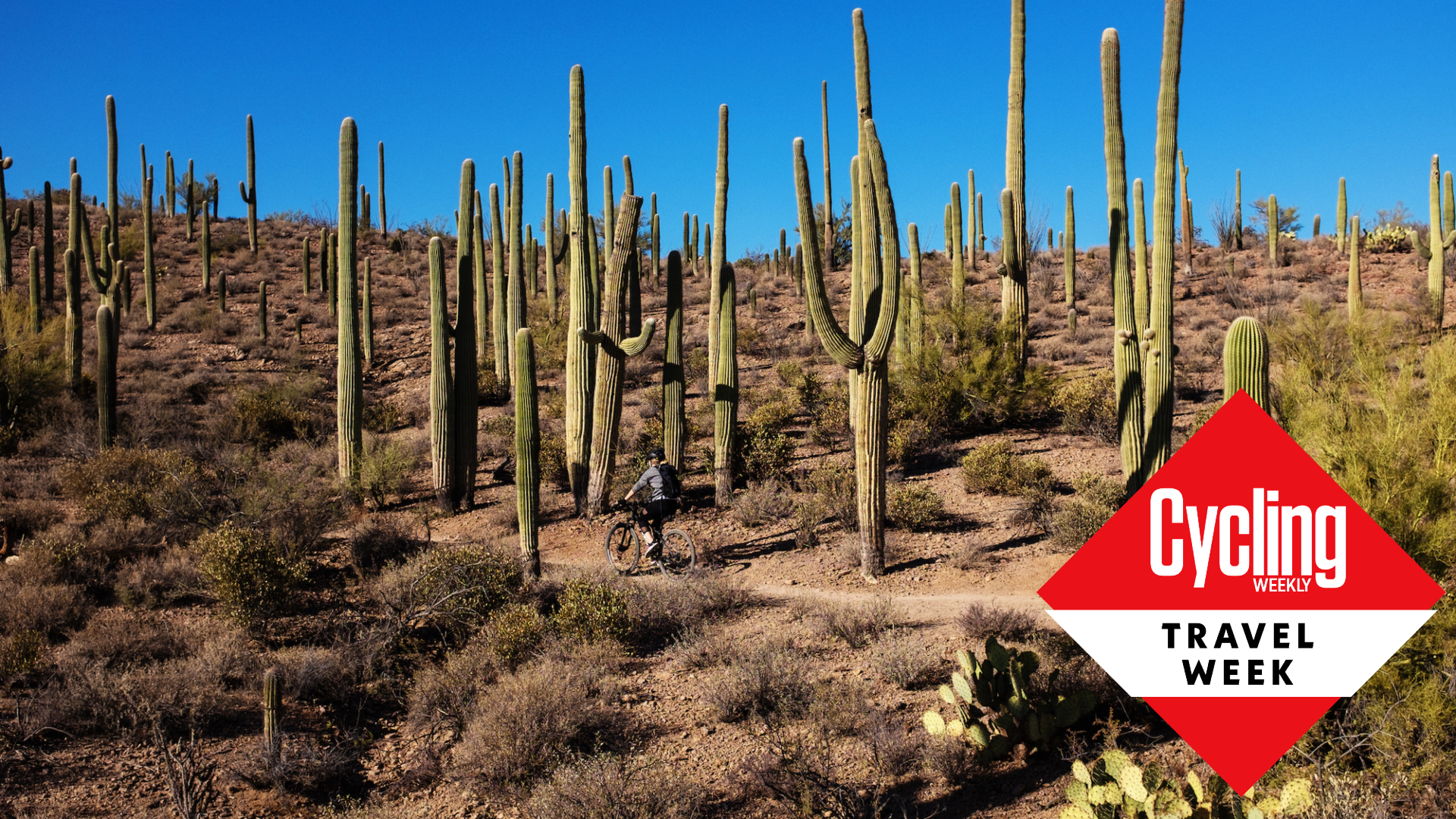 Top five US gravel getaways —and routes— to escape winter weather
Top five US gravel getaways —and routes— to escape winter weatherGo here to escape the snow, the wet or the trainer hours
By Tim Peck Published
-
 Ask a coach: 'Big days and rest days or riding every day - how should I structure my training camp or vacation?'
Ask a coach: 'Big days and rest days or riding every day - how should I structure my training camp or vacation?'Is it best to just stick to base miles or should you be sprinkling intervals into most rides?
By James Spragg Published
-
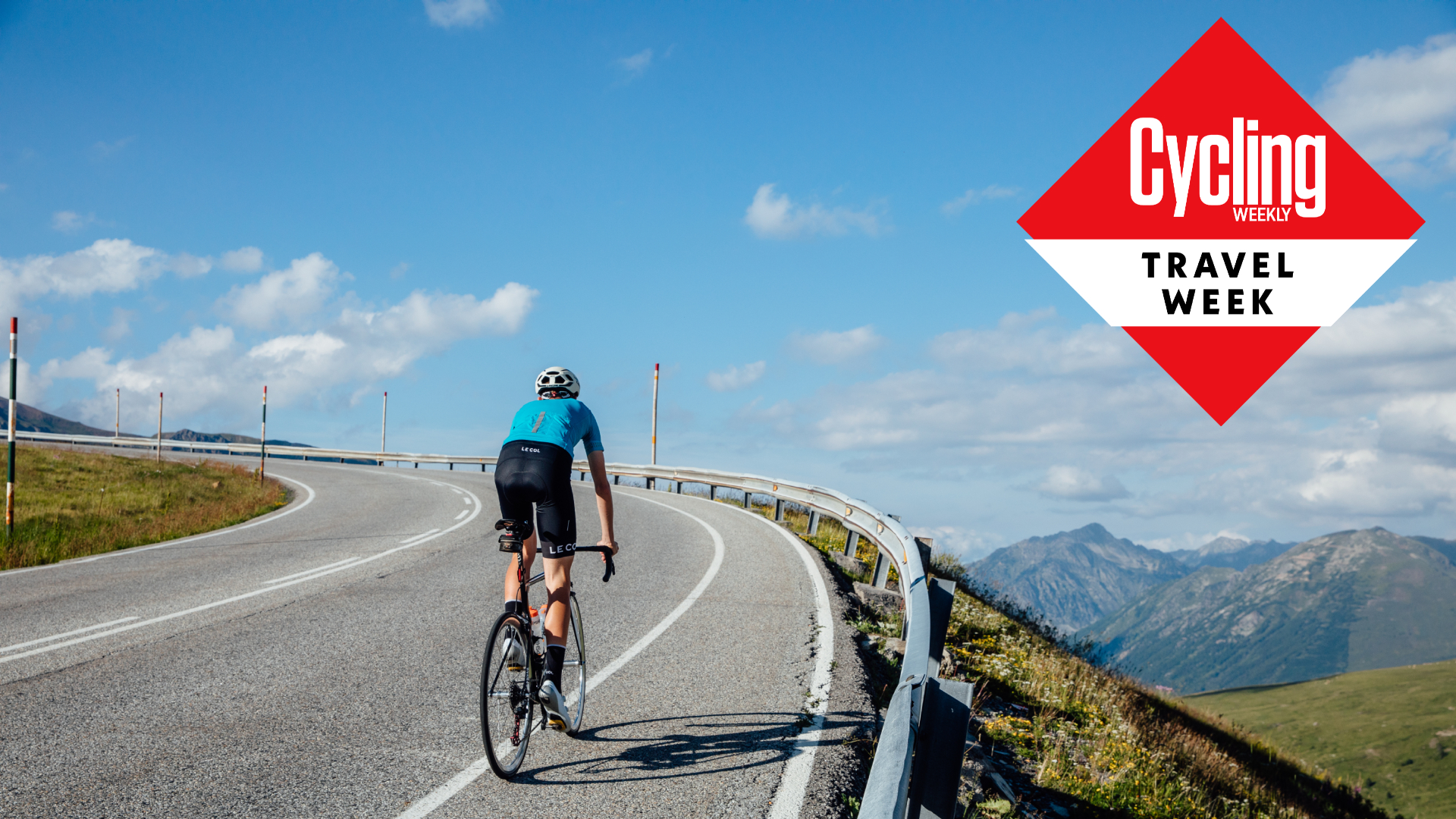 Prepare for your cycling holiday or training camp with these eight essential steps
Prepare for your cycling holiday or training camp with these eight essential stepsGet the most from your cycling holiday with a little preparation
By Michelle Arthurs-Brennan Published
-
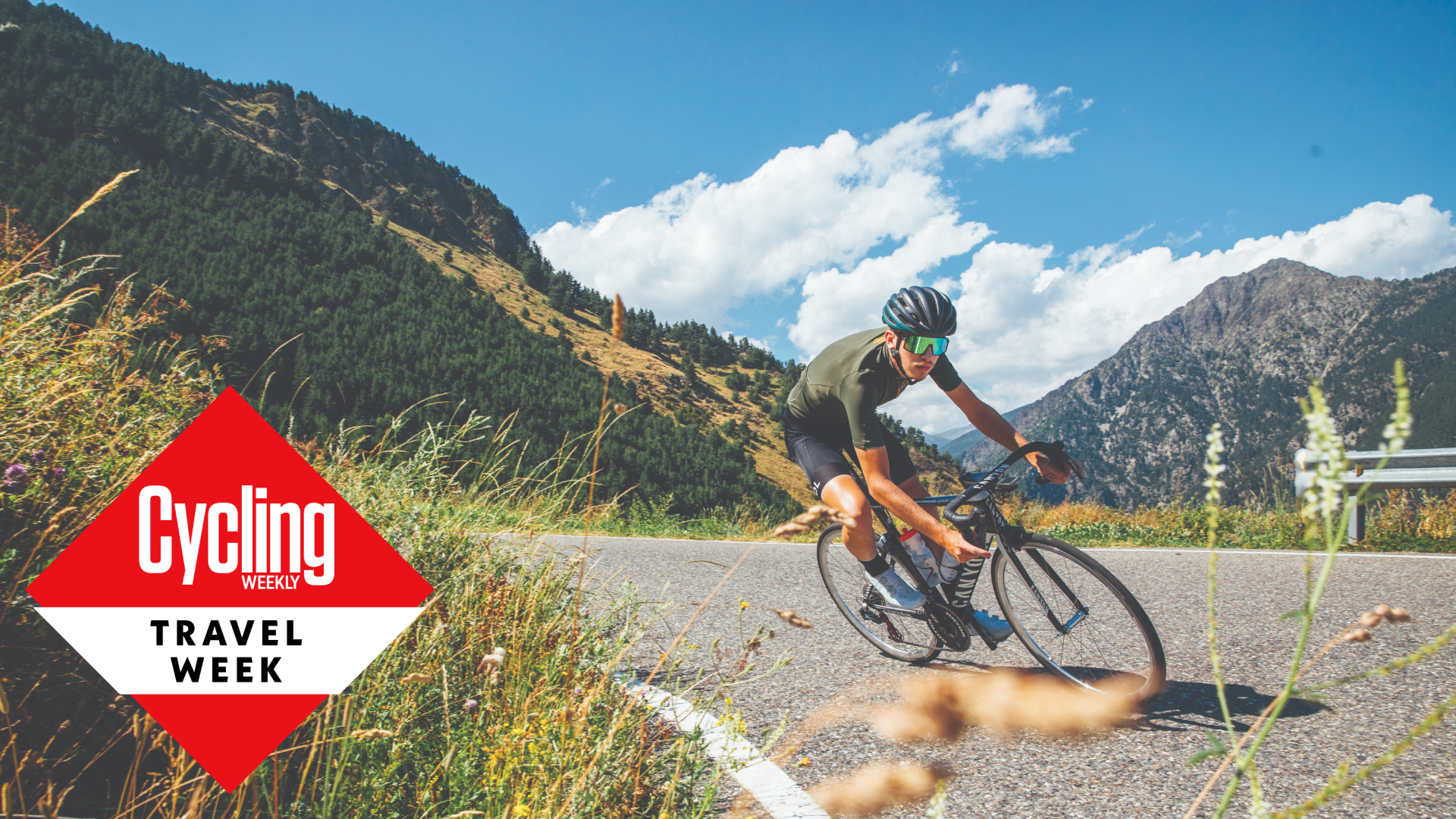 It’s ‘Travel Week’ on Cycling Weekly: your guide to the best holiday destinations, and the kit you’ll need to make it happen
It’s ‘Travel Week’ on Cycling Weekly: your guide to the best holiday destinations, and the kit you’ll need to make it happenOur week-long special is going to get you dreaming of warmer places to ride
By Stefan Abram Published